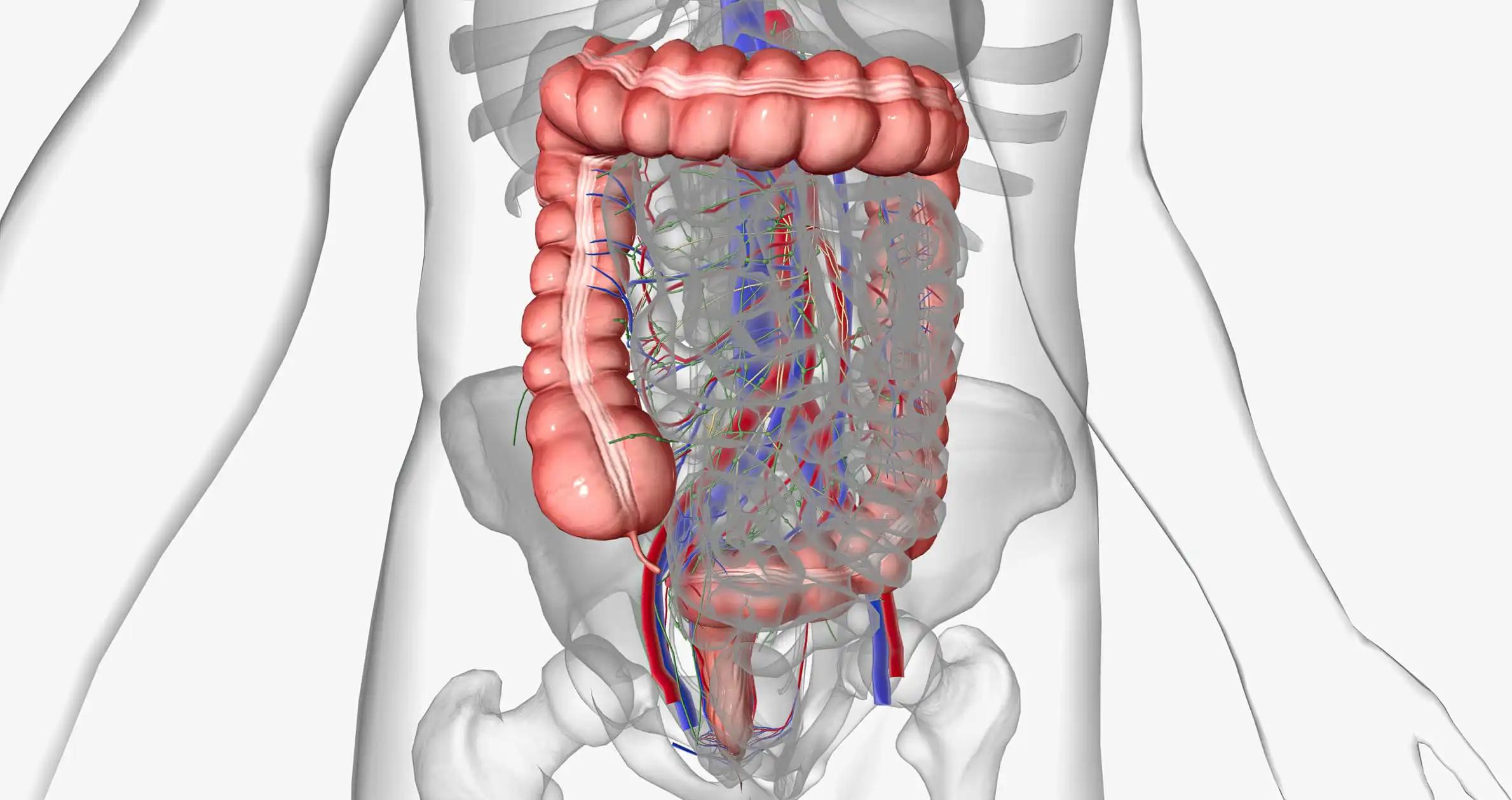KEY TAKEAWAYS
- A phase 3 trial showed that combination therapy with I/N can achieve long-term benefits in a sizable proportion of RCC patients, but the broad application has been challenged by a high incidence of immune-related adverse events (irAEs).
- Host features affecting antigen presentation, such as Human Leukocyte Antigen (HLA) variations, may be candidate determinants of irAE pathogenesis.
- An analysis of data from a phase 3 trial found that class 1 HLA variants were associated with the risk of developing irAEs from I/N treatment in RCC patients.
- Researchers developed an HLA ST-based score that correlated with treatment toxicity independent of relevant clinical and demographic features, highlighting the potential for characterizing germline features to predict immune-related toxicity upfront.
- No association with treatment-related adverse events was seen in RCC patients treated with sunitinib (SUT), suggesting that the association between class 1 HLA variants and irAEs is specific to I/N treatment.
The high rate of irAEs has hampered the widespread use of Ipilimumab/Nivolumab (I/N) combination therapy for RCC patients, even though it has been shown to provide a long-term benefit in a significant subset of these patients. In addition, human Leukocyte Antigen (HLA) variants have been reported to be associated with organ-specific irAEs, suggesting that host characteristics altering antigen presentation may be determinants of irAE pathogenesis. To better understand the relationship between class 1 HLA variations and the emergence of irAEs from I/N and to create a tool to predict risk for toxicity, they evaluated data from patients treated on a phase 3 trial.
Based on their germline HLA status and clinical data, this study compared 472 patients who were given I/N versus sunitinib (SUT). Patient samples were divided into 12 established HLA “Super-Types” (ST) based on the allelic variants for HLA-A and B points, representing sets of HLA variations with mostly overlapping peptide binding specificity. Kaplan Meier analyses of the time to treatment-related adverse events (TTrAE, grade 2+) in I/N patients were performed using univariate (UV) and multivariate (MV) Cox proportional hazards regression. Several MV HLA-ST models were constructed on a discovery set (DISC; 2/3 of the I/N points randomly sampled without replacement) and compared on a validation set (VAL; the remaining 1/3) using model concordance (c-index). An “HLA-ST score” was developed using model coefficients and used to determine patient risk.
Patient numbers for I/N vs. SUT and patients with relevant HLA data totaled 235 and 237, respectively. Based on UV analysis for I/N, HLA-B07 ST was related to a protective TTrAE (HR= 0.65, 95% CI: 0.46,0.90; p= 0.010), whereas B62 was linked with an unfavorable TTrAE (HR=1.64, 95% CI: 1.12, 2.40; p=0.014). In addition, they found interactions between multiple sets of HLA ST, which aided in constructing our model. Integrating B07, B62, A01, B08, and two interactions—B07-B08 and B07-A01—provides the HLA ST model with the best performance in DISC (c-index=0.606) and VAL (c-index=0.595). After controlling for race, BMI, region, PDL1 status, and MSKCC risk score, the model-generated HLA-ST score was still substantially linked with TTrAE (DISC p<0.001; VAL p=0.028). In the UV model, there was no correlation between SUT and TTrAE (p=0.655); in the MV model, there was no correlation between SUT and TTrAE (p=0.655). There were no significant differences in TTrAE between the I/N and SUT groups (p=0.5). However, there were significant differences in the DISC and VAL groups (p=0.004 and p=0.009) for patients with HLA-ST scores >= and the median, respectively. For I/N pts, there was no correlation between the HLA-ST weighted score and PFS or OS. When class I HLA variations were present, the probability of irAEs was increased in this large sample of I/N-treated patients. They developed an HLA ST-based score correlated with treatment toxicity independent of relevant clinical and demographic features. Those who received SUT showed no correlation with TTrAE. These findings warrant additional research into the feasibility of defining germline characteristics to predict immune-associated toxicity.
Source: https://meetings.asco.org/abstracts-presentations/216583
Clinical trial: https://clinicaltrials.gov/ct2/show/NCT02231749/
Martin H Voss, Neil J. Shah, Hannah L Kalvin, Jayon Lihm, Hao Li, Ritesh R Kotecha, Irene Jarchum, Sai Vikram Vemula, Saurabh Gupta, Robert J. Motzer, Irina Ostrovnaya, Benjamin Greenbaum, A. Ari Hakimi. Correlating HLA variants and the emergence of immune-related adverse events (irAEs) from ipilimumab/nivolumab (I/N) in patients (pts) treated on CheckMate 214. J Clin Oncol 41, 2023 (suppl 6; abstr 659). 10.1200/JCO.2023.41.6_suppl.659



